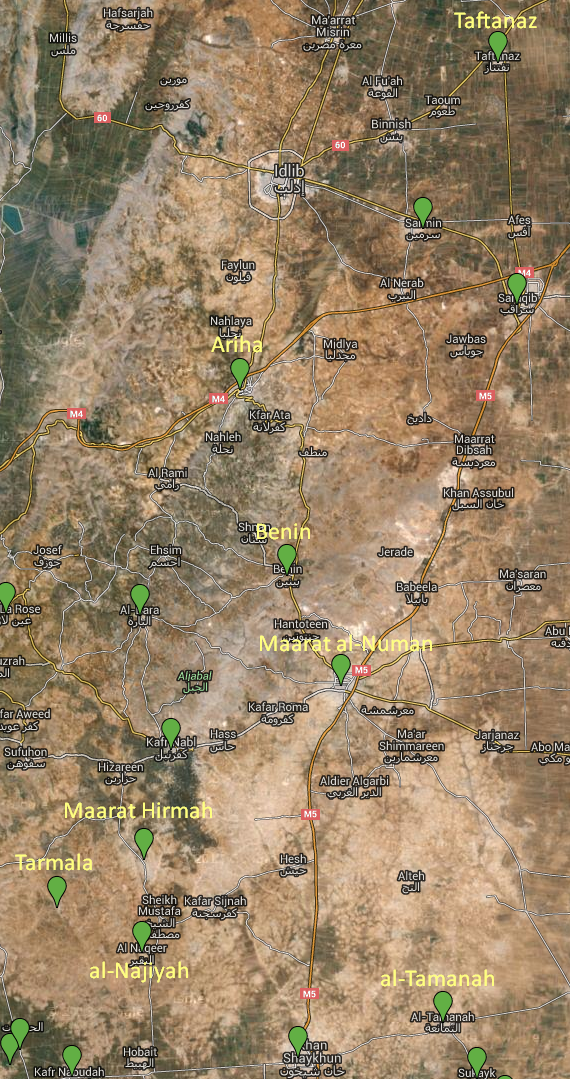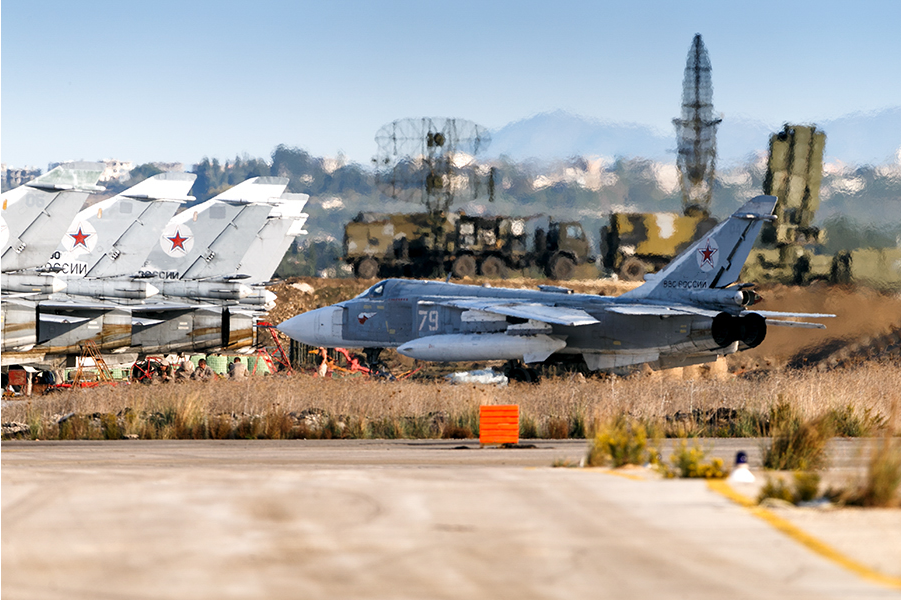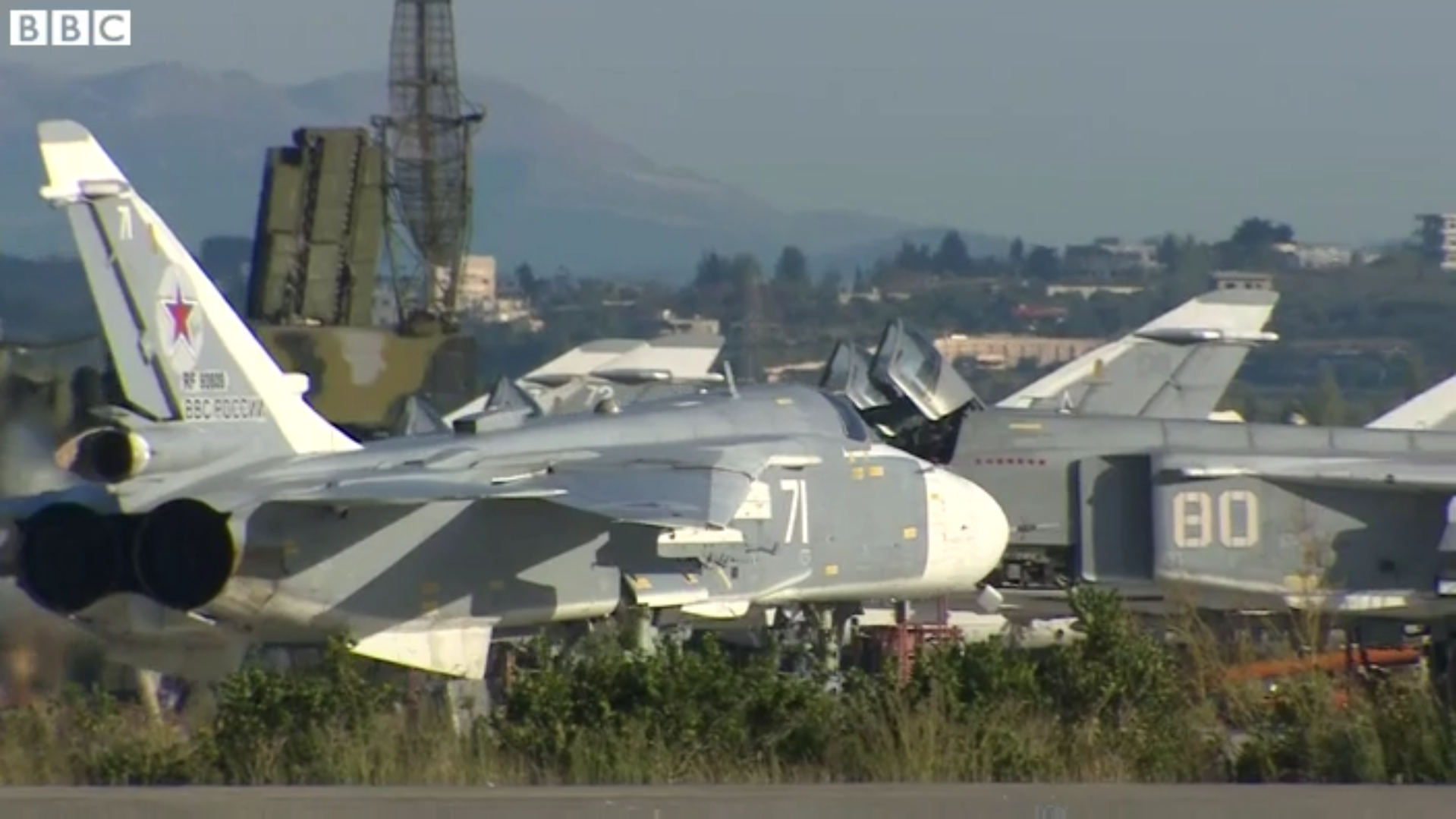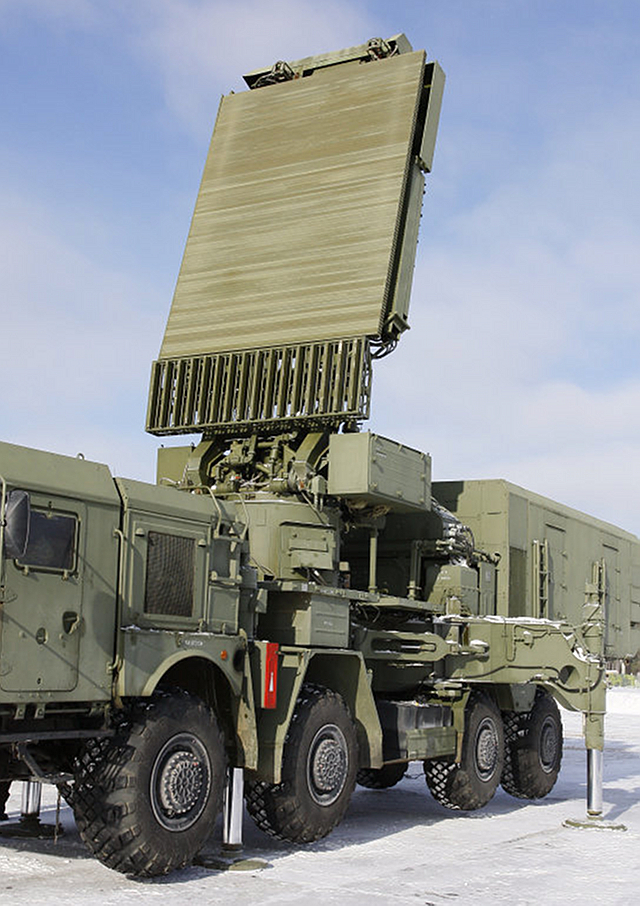Russia denies claims that S-400 surface-to-air missiles have been deployed to the Hmeemeem airbase in Latakia, but photos do show a radar associated with the missile system.
The previous post in our Putin in Syria column can be found here.
Experts are divided as to whether Russia loses or wins from the nuclear deal that will eventually see an Iran free of Western boycotts, able to enter the gas market. But Moscow will surely benefit from its long-time alliance with Iran, which borders Azerbaijan and Turkmenistan, former Soviet republics that Russia views in its orbit even if their relations have been difficult or even estranged, respectively.
As Elena Holodny wrote for Business Insider last June, “the Kremlin likes the deal,” and both Iran and Russia are the main supporters of Syrian President Bashar al-Assad. Paul N. Schwartz, a nonresident senior associate for the Center for Strategic and International Studies wrote in a paper at that time that Russia is Iran’s main arms supplier, with a total sales of $3.4 billion between 1991 and 2010.
Certainly the loan helps to answer the question of how Iran will pay for the S-300s, although it is not a direct subsidy.
— Catherine A. Fitzpatrick
Dramatic video footage uploaded yesterday evening shows a purported Russian air strike in the Idlib province.
According to the video author, white phosphorus bombs were used. Certainly the footage does appear to show incendiary weapons:
The description of the video places it near Maarat al-Numan.
The Syrian Local Coordination Committees (LCC) report that the village targeted was Benin, less than 10 kilometres northeast of Maarat al Numan.
Reverse image searches from stills of the video do not produce any results, which suggests that it is new footage.
Today, the SMART News Agency published more footage, showing rescue attempts in the aftermath:
The news agency reports that firemen were prevented from intervening by continued air attacks. A powerful blast can be seen later on in the video, perhaps indicating a second round of air strikes.
According to the LCC, a lawyer documenting human rights violations, Adnan Omar Zreiq, as well as his son and nephew were among those killed in Benin.

In the same region, according to the LCC, Russian jets have since bombed the town of Taftanaz with thermobaric bombs, as well as Ariha, Tarmala, Maarat Hirmah al-Tamanah and al-Najiyah:

— Pierre Vaux
The Russian Ministry of Defence today dismissed media reports that the S-400 anti-aircraft missile system has been deployed to the Hmeemeem airbase near Latakia.
As we reported yesterday, an influential pro-Kremlin microblogger pointed out the presence of parts of the system in a photo released by the MOD:
The story was picked up by various media outlets, including Britain’s Daily Mail and The Times of Israel.
Today the MOD suggested journalists “should have looked the system up on Wikipedia.”
Certain statements regarding our airbase, which regularly come up in foreign publications, are at the very least confusing, if not laughable. We would like to believe that these fairy tales are published for the sake of self-advertisement.
Before scaring the British and the whole world by talking about the deployment of our S-400 AA missile system, they should have looked the system up on Wikipedia or the Ministry of Defence website. Then the editors of this agency would know how many elements this missile system comprises and how much space it would have taken to deploy it.
We have been working together with the journalists at the Hmeymim airbase for three days now. They have been given an opportunity to see everything here for themselves, including air defence means of the base. There has never been S-400 AA system here. This is a clear misinformation.
In the MOD photograph we can see three radar antennae:

On the left is an ultra-high frequency radar, possibly a Kasta 2E1 series, derived from the Flat Face radar system.
The elliptical dish in the middle appears to be part of the Side Net family, used to determine aircraft altitude.

Both radar systems have long formed part of Russia’s air defence network, used for directing both anti-aircraft batteries and interceptors.
However the third radar system, on the right, is much more unusual.
A clearer view of it is available in BBC footage from the base, taken on November 11:

This appears to be an RLS-96LE 3D acquisition radar:

As already reported, this radar forms part of the S-400 system:

The manufacturer of the system, Almaz-Antey, says on their website that the RLS 96L6E can also operate as part of the S-300 PMU1 and PMU2, late, advanced versions of the S-300, from which the S-400 was developed.
Up until now, the only surface-to-air missile systems identified in Latakia by Dr Igor Sutyagin of the Royal United Services Institute are Pantsir-S1s.
The question then is whether the radar system is deployed independently of a missile battery. Perhaps the system is merely providing further radar data so as to try to spot any US stealth fighters that enter its range, or to provide further targeting data for the S-300-armed Moskva cruiser, which is deployed off the Syrian coast. We will continue to investigate this issue.
Quite what the MOD means by saying that the scale of the system prevents its deployment to the base we do not know. Journalists may well have been prevented from reaching some areas of the large airbase and its surrounds. Certainly the tour would have been managed by Russian military representatives.
— Pierre Vaux